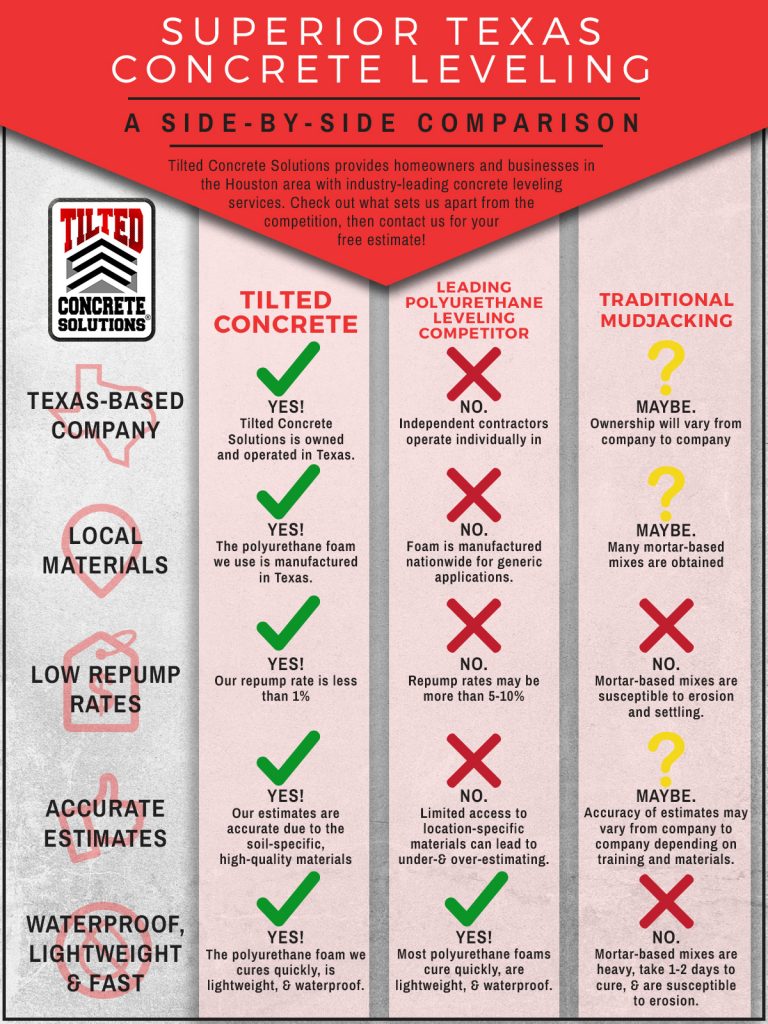Check Out The Effect Of Seasonal Components On The Efficiency Of Industrial Exterior Painting And Recognize The Optimum Times To Accomplish Enduring Results For Your Job
Check Out The Effect Of Seasonal Components On The Efficiency Of Industrial Exterior Painting And Recognize The Optimum Times To Accomplish Enduring Results For Your Job
Blog Article
Content Produce By-Leach Celik
When you're intending a commercial external paint task, seasonal variables can make or break your results. You'll want to take into consideration exactly how temperature level and humidity impact paint application and drying out times. Picking the right season can guarantee your paint sticks effectively and lasts longer. However which seasons are really the best for this kind of work? Let's explore the key elements that can affect your project's success.
The Effect of Temperature on Paint Application
When you're preparing an industrial outside painting job, the temperature level can substantially impact how well the paint sticks and dries out.
Ideally, you intend to repaint when temperatures vary in between 50 ° F and 85 ° F. If painting room and ceiling same color 's also cool, the paint might not cure effectively, leading to issues like peeling off or breaking.
On the flip side, if it's too warm, the paint can dry too promptly, protecting against appropriate attachment and leading to an irregular surface.
You need to likewise consider the moment of day; morning or late afternoon provides cooler temperature levels, which can be extra desirable.
Always examine the maker's suggestions for the specific paint you're using, as they frequently provide assistance on the excellent temperature level array for ideal results.
Moisture and Its Impact on Drying Times
Temperature isn't the only ecological variable that affects your industrial external painting task; moisture plays a significant duty as well. High moisture levels can slow down drying times significantly, impacting the total quality of your paint work.
When the air is filled with dampness, the paint takes longer to heal, which can result in concerns like bad bond and a higher threat of mold growth. If look at more info on a particularly humid day, be planned for extensive delay times in between layers.
It's vital to keep an eye on neighborhood weather conditions and strategy accordingly. Preferably, go for moisture degrees between 40% and 70% for ideal drying.
Maintaining these factors in mind guarantees your job remains on track and delivers an enduring surface.
Best Seasons for Commercial Outside Painting Projects
What's the best time of year for your business external painting jobs?
Spring and very early fall are typically your best options. Throughout these periods, temperature levels are moderate, and humidity levels are typically lower, creating ideal problems for paint application and drying.
Prevent summertime's intense heat, which can cause paint to dry as well quickly, leading to bad bond and surface. In a similar way, wintertime's cool temperature levels can prevent proper drying and curing, risking the long life of your paint work.
Go for days with temperatures in between 50 ° F and 85 ° F for optimal outcomes. Remember to inspect the neighborhood weather report for rain, as damp conditions can ruin your project.
Preparation around these elements guarantees your paint task runs smoothly and lasts longer.
Final thought
Finally, preparing your industrial outside painting projects around seasonal factors to consider can make a significant distinction in the result. By organizing job throughout the optimal temperatures and moisture degrees, you'll ensure much better adhesion and drying out times. Remember to keep an eye on regional weather forecasts and pick the right time of year-- springtime and very early autumn are your best bets. Taking these steps will certainly assist you attain a sturdy and specialist coating that lasts.
